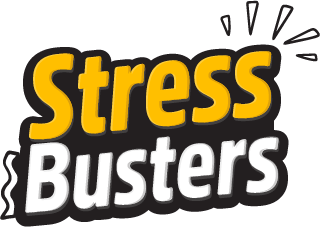
Yoga for Controlling High Blood Pressure
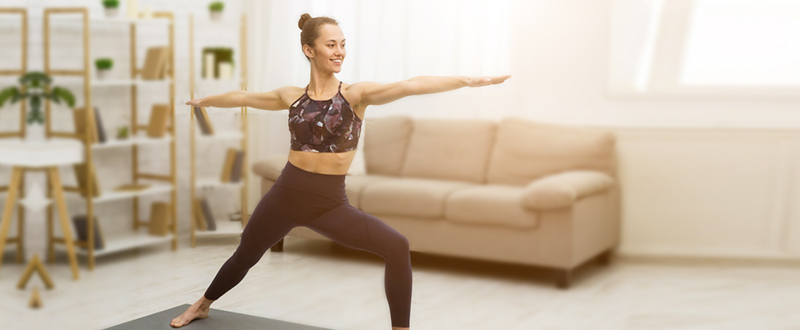
Table of Contents
Eating a healthy diet
Maintaining an ideal weight
Exercising regularly
Reducing stress
Limiting alcohol intake
Refraining from smoking
Yoga can help you achieve three out of the six steps needed to manage hypertension, which includes maintaining a healthy weight, daily physical activity and stress reduction.
This ancient physical, mental and spiritual discipline originated over 5000 years ago in India, and has gained popularity all over the world for its myriad health benefits.
Yoga is a holistic healthcare practice that entails exercises of the mind and body, strengthening and balancing postures, breathing techniques, meditation, relaxation and correct living.
For people living with hypertension, yoga can be especially effective in high BP treatment as it:
Stimulates blood circulation
Lowers blood pressure
Strengthens the heart
Calms the nervous system
Releases stress
Controls excess weight
If you’re wondering how to reduce high blood pressure, here are 3 therapeutic and gentle yogasanas you can include in your exercise regime. Before starting yoga, discuss with your doctor to understand which poses are safer and more beneficial for you. Get guidance to ensure that you perform each asana correctly and don’t forget to cool down with a 5-minute shavasana at the end of your routine. With that in mind, let’s begin:
- UTTANASANA (STANDING FORWARD BEND POSE) WITH HEAD SUPPORT
- Stand on a yoga mat and spread your feet as wide apart as its breadth.
- Align your outer heels and little toes to the edge of the mat.
- Place a support in front of you (chair seat or stool), between your feet. This will act as your head rest.
- Bend forward, straighten your legs, and place the crown of your head on your support.
- Hold the ankles and keep your elbows outwards.
- Let the back of your head descend toward the floor and stay parallel to your body.
- Move your shoulder blades away from your neck.
- Keep the majority of your weight in your feet, balancing the weight evenly between the toes, arch, heels, and inner and outer edges of the feet.
- Press the thighbones firmly toward the backs of the legs without moving your head.
- The back of your neck should feel elongated and the chest should feel broad.
- Breathe normally and stay in the pose for up to three minutes, or as long as you like.
- Place your hands on your hips, inhale, and come up.
- PASHCHIMOTTANASANA (POSTERIOR STRETCH POSE)
- Sit on two folded blankets and extend your legs straight in front of you in dandasana (seated staff pose).
- Keep your feet apart, in line with your hips.
- Place a bolster lengthwise on top of your legs.
- Lift the sides of your torso up. You can raise the pile of blankets if you are unable to sit straight.
- Extend forward and hold the outside edges of your feet with your hands.
- Lengthen your abdomen over the bolster and rest your forehead on the end of the bolster closer to your feet.
- If you can’t reach your feet, hold a belt around the feet.
- Straighten your legs and press the thighbones toward the floor as much as you can without allowing your heels to lift.
- Relax the forehead and face, stretch your elbows and keep the shoulders facing outwards and away from your neck.
- Extend through the backs of the heels and move down and forward onto the bolster.
- Keep the back of the neck long and relaxed.
- Hold for two minutes and then return to dandasana.
- SETU BANDHA SARVANGASANA (BRIDGE POSE)
- Sit on the front end of a bolster and use a resistance band to keep your thighs together.
- Lie back onto the bolster, keeping your knees bent and your feet on the floor.
- Using your feet to push against the floor, slide backwards on the bolster until your shoulders reach the floor and are at the same level as your head.
- Extend your legs straight, keeping the backs of your heels on the floor.
- Broaden your chest and rotate the outer edge of your shoulders underneath you.
- Lengthen your arms along the bolster.
- Turn the upper arms out and face your palms toward the ceiling.
- If your lower back aches or feels compressed, add a support underneath your feet and stretch the buttocks toward your heels.
- Relax your throat and allow the root of the tongue to descend to the back of the throat.
- You can close your eyes and relax your forehead and cheeks.
- Stay in this pose and relax for up to 10 minutes, or as long as you like.
- Bend your knees, exhale and push your feet into the floor to slide backwards completely off the bolster until your back is on the floor.
- Rest the backs of your legs on the bolster for a few moments and then roll over to your right side and sit cross-legged.
- While you’re sitting cross-legged, bend forward to rest your forehead on the bolster and hold for half a minute.
- If your head doesn’t reach, elevate the support.
- Change the cross of your legs and repeat on the other side before sitting up.
Yoga and other forms of exercise play a crucial role in hypertension control. Before you plan a workout routine, check which types of exercise are safe and which ones you should avoid. If you want to start with yoga for high BP, there’s no better time to begin than this International Yoga Day. Practising cooling, calming asanas will help you improve your overall health and well-being. For more expert advice in managing high BP, check out hypertension treatment guidelines.
Note of caution: This article is for information purpose only. Always consult your doctor in case of any blood pressure or other health-related problems.
Disclaimer
The information contained in this article is to educate, spread awareness in relation to hypertension and other diseases to the public at large. The contents of this article are created and developed by BPinControl.in through its authors, which has necessary, authorisations, license, approvals, permits etc to allow usage of this articles on The Website. The views and opinions expressed in this article are views, opinions of the respective authors and are independently endorsed by doctors. Although great care has been taken in compiling and checking the information in this article, The Website shall not be responsible, or in any way liable for any errors, omissions or inaccuracies in this article whether arising from negligence or otherwise, or for any consequences arising therefrom. The content of this article is not a substitute for any medical advice. The Website shall not be held responsible or liable for any consequence arising out of reliance on the information provided in the article.

 Eating a healthy diet
Eating a healthy diet Maintaining an ideal weight
Maintaining an ideal weight Exercising regularly
Exercising regularly Reducing stress
Reducing stress Limiting alcohol intake
Limiting alcohol intake Refraining from smoking
Refraining from smoking Stimulates blood circulation
Stimulates blood circulation Lowers blood pressure
Lowers blood pressure Strengthens the heart
Strengthens the heart Calms the nervous system
Calms the nervous system Releases stress
Releases stress Controls excess weight
Controls excess weight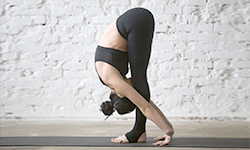

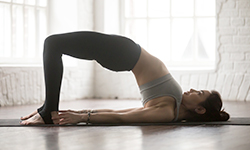
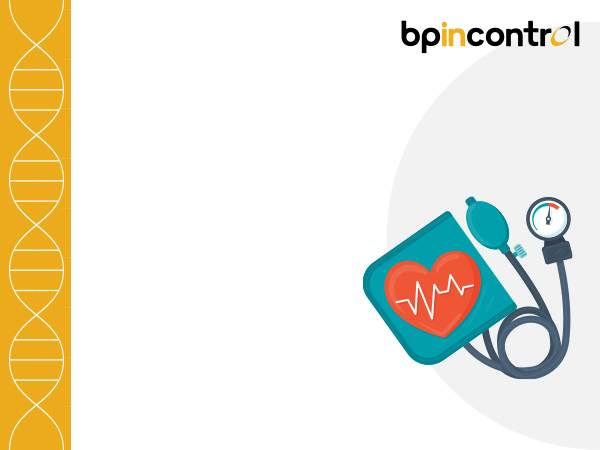
Comments (0)
No comments found.Add your comment